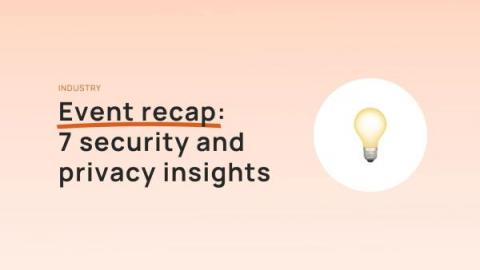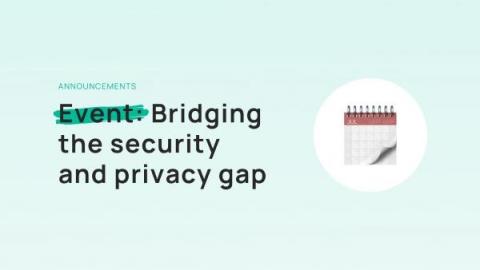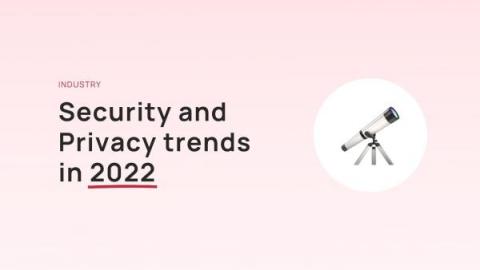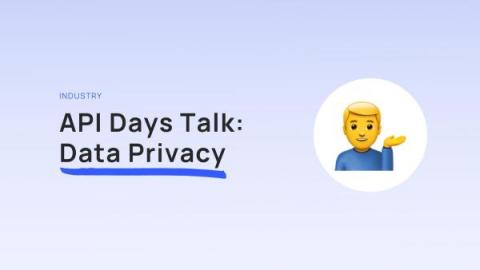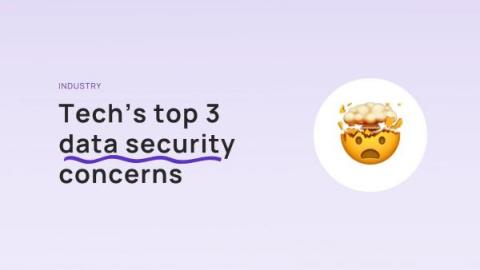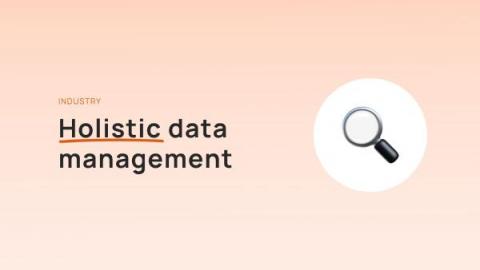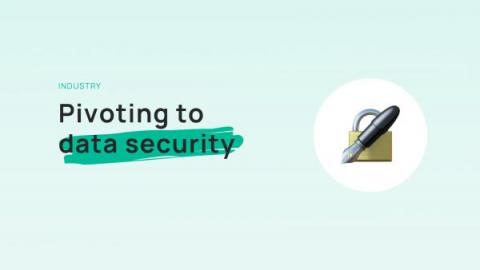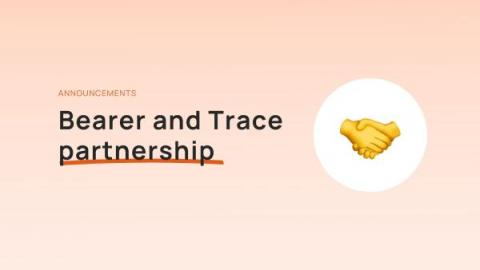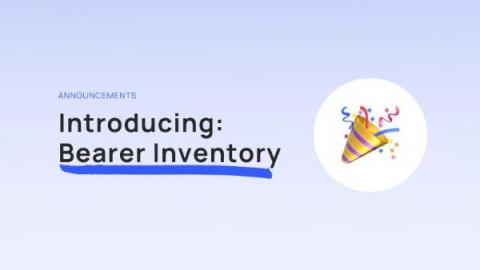The 7 key insights from our panel on security and privacy
We recently held a panel discussion with Peak’s Gary Myers, Free Agent’s Richard Grey, Trace’s Sorcha Lorimer, and our own Guillaume Montard to pose the question: “How do you bridge the gap between security and privacy teams?” If you weren’t able to join us, here’s a rundown of the key takeaways that came up during the chat. You can also find an archive of the discussion at the end of this post if you’d love to watch it in its entirety.


